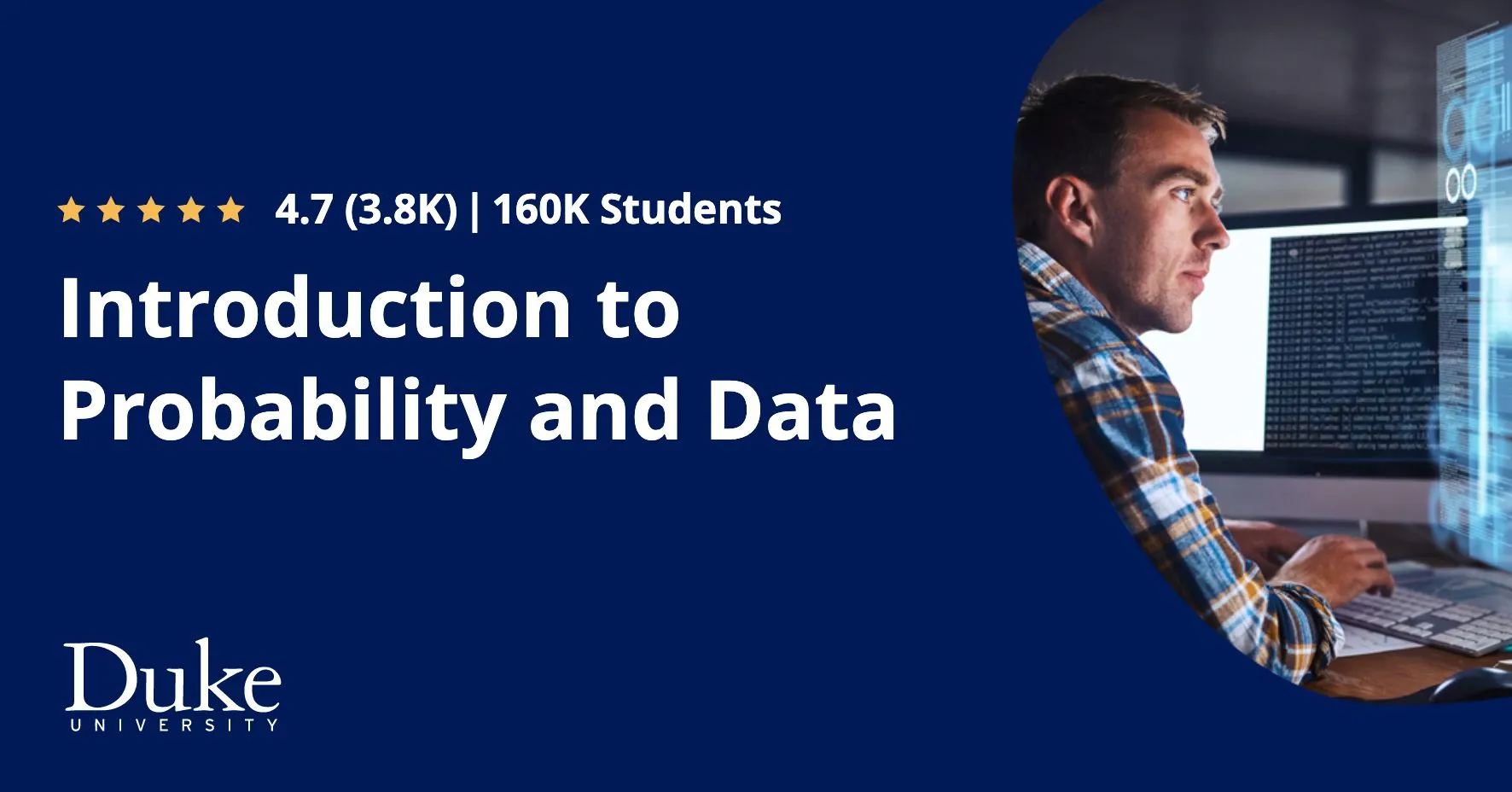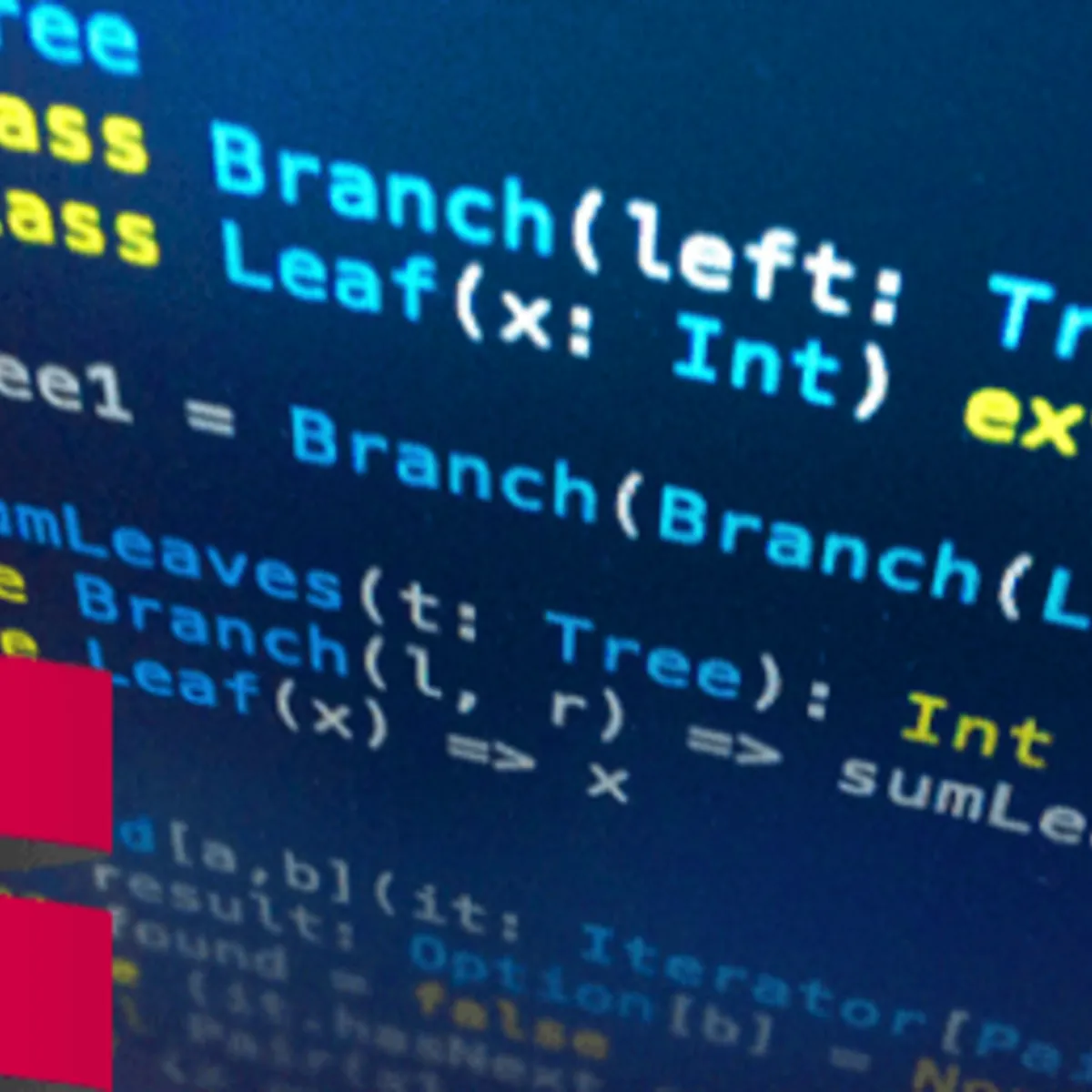
Visualizing Time Series Data in Python 
Python is a powerful tool for visualizing time series data. With its basic plotting tools, you can easily annotate and personalize your time series plots. You can also take any static dataset and generate compelling data plots. By computing summary statistics and plotting aggregated views of your data, you can gain a better understanding of your time series data. Additionally, you can learn how to detect seasonality, trend, and noise in time series data automatically. Finally, you can learn how to plot multiple time series at the same time and discover and describe relationships between multiple time series. ▼
ADVERTISEMENT
Course Feature
![]() Cost:
Cost:
Free Trial
![]() Provider:
Provider:
Datacamp
![]() Certificate:
Certificate:
No Information
![]() Language:
Language:
English
Course Overview
❗The content presented here is sourced directly from Datacamp platform. For comprehensive course details, including enrollment information, simply click on the 'Go to class' link on our website.
Updated in [June 30th, 2023]
This course provides an introduction to visualizing time series data in Python. Students will learn how to use Python's basic plotting tools, as well as how to annotate and personalise their time series plots. Through the course, students will gain the ability to take any static dataset and generate compelling data plots. By computing summary statistics and plotting aggregated views of the data, students will gain a better understanding of their time series data. Additionally, students will learn how to detect seasonality, trend, and noise in time series data automatically. Finally, students will learn how to plot multiple time series at the same time and discover and describe relationships between multiple time series.
[Applications]
After completing this course, participants should be able to apply the knowledge they have gained to visualize their own time series data. They should be able to use Python's basic plotting tools to create compelling data plots, compute summary statistics, detect seasonality, trend, and noise in time series data, and plot multiple time series at the same time. Additionally, they should be able to describe relationships between multiple time series.
[Career Path]
One job position path that is recommended for learners of this course is a Data Visualization Analyst. Data Visualization Analysts are responsible for creating visual representations of data to help organizations make informed decisions. They use a variety of tools, such as Python, to create visualizations that are both informative and aesthetically pleasing. They must be able to interpret data and identify patterns and trends, as well as communicate their findings to stakeholders.
The development trend for Data Visualization Analysts is to become more specialized in their field. As data becomes more complex and organizations become more reliant on data-driven decisions, Data Visualization Analysts must be able to create more sophisticated visualizations that can accurately represent the data. They must also be able to use more advanced tools, such as machine learning and artificial intelligence, to create more accurate visualizations. Additionally, Data Visualization Analysts must be able to communicate their findings to stakeholders in a clear and concise manner.
[Education Path]
The recommended educational path for learners of Visualizing Time Series Data in Python is a Bachelor's degree in Data Science. This degree program will provide learners with the necessary skills and knowledge to analyze and visualize time series data. It will also equip them with the ability to interpret and present data in a meaningful way.
The Bachelor's degree in Data Science will cover topics such as data analysis, data visualization, machine learning, and artificial intelligence. Learners will also learn how to use Python to create data visualizations and how to use various tools to analyze and interpret time series data.
The development trend of the Bachelor's degree in Data Science is towards more advanced topics such as deep learning, natural language processing, and big data. As technology advances, the need for data scientists with the ability to analyze and interpret large datasets is increasing. Therefore, the Bachelor's degree in Data Science will continue to evolve to meet the needs of the industry.
Course Syllabus
Line Plots
Summary Statistics and Diagnostics
Seasonality, Trend and Noise
Work with Multiple Time Series
Course Provider

Provider Datacamp's Stats at AZClass
Discussion and Reviews
0.0 (Based on 0 reviews)
Explore Similar Online Courses

Introduction to Probability and Data with R

Childhood in crisis?

RDBMS PostgreSQL

Intro To PostgreSQL Databases With PgAdmin For Beginners

PostgreSQL: Client Applications

Mastering SQL using Postgresql

Database Design and Basic SQL in PostgreSQL

PostgreSQL: Advanced Queries

Spatial SQL with Postgres : A language for geographers

Learn SQL Using PostgreSQL: From Zero to Hero

PostgreSQL Essential Training


Start your review of Visualizing Time Series Data in Python